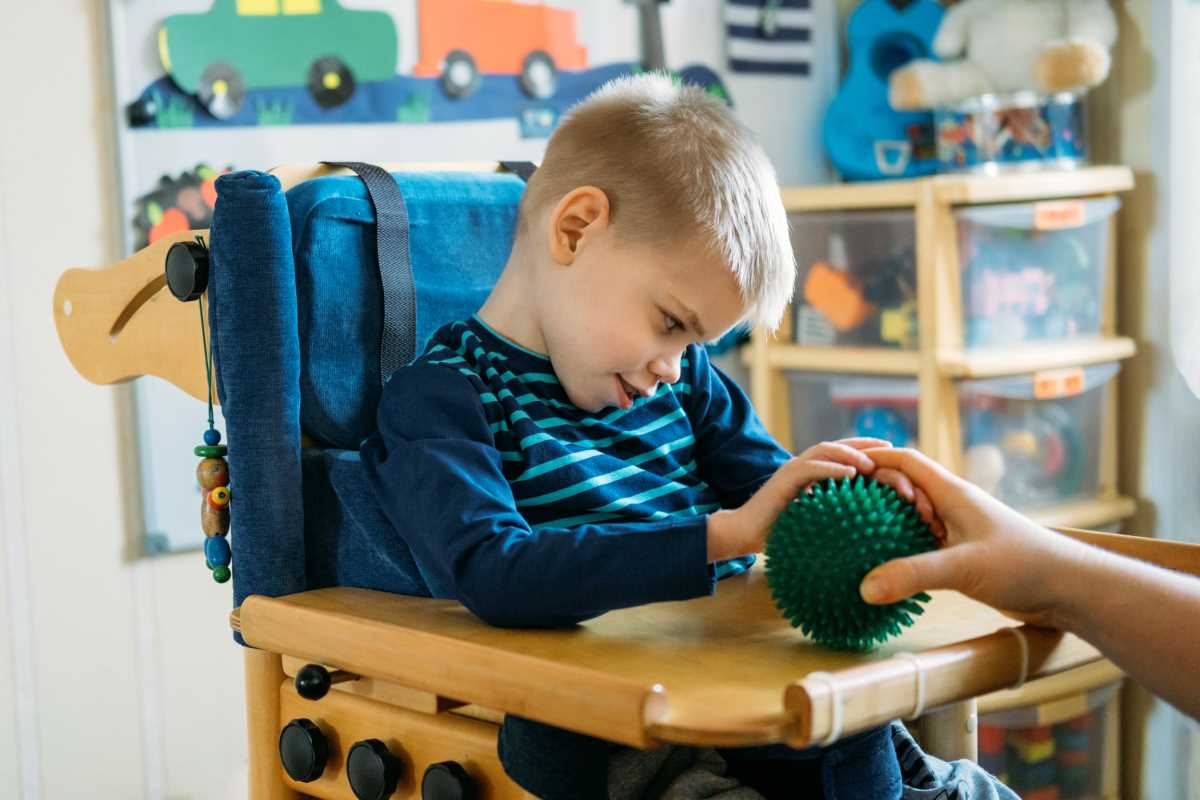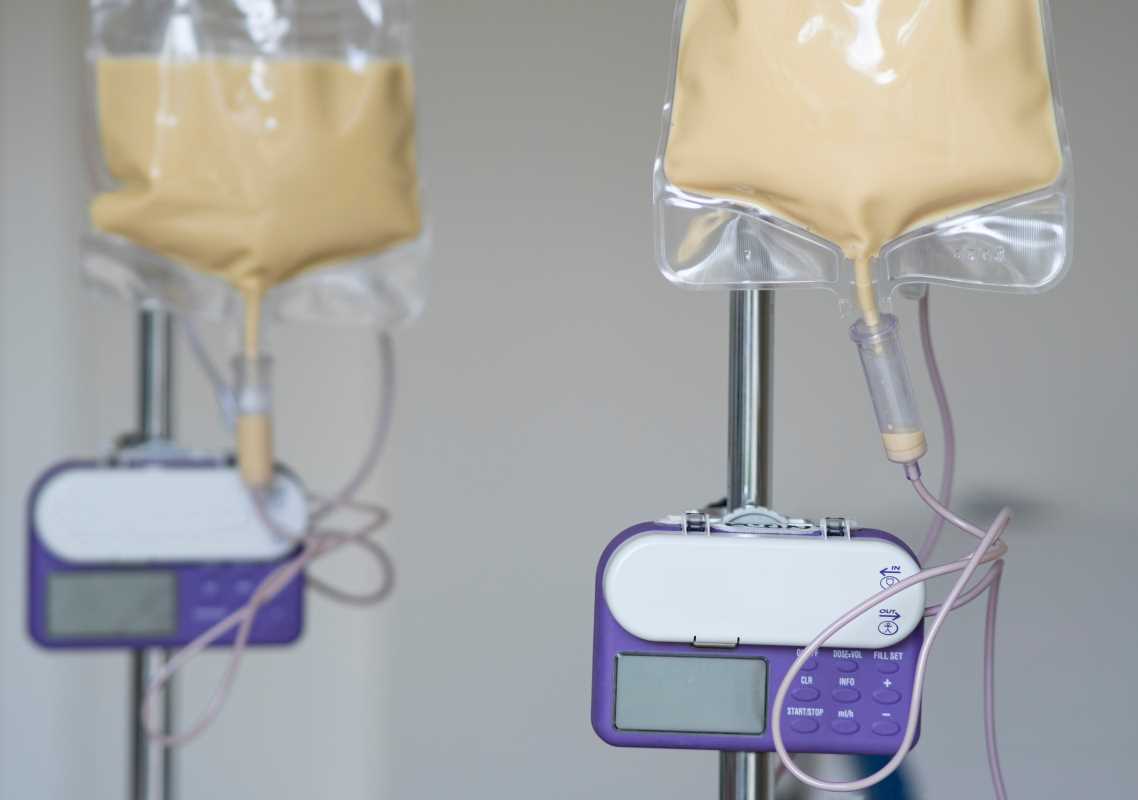Parenting comes with all kinds of challenges, but when your child has sensory processing disorder (SPD), those challenges can feel amplified. SPD affects how children process and respond to sensory input, like sights, sounds, smells, and textures. What might seem like a simple task for other kids, like brushing teeth or getting dressed, can feel overwhelming for a child with SPD. That’s where routines come in.
Establishing consistent routines can give children with SPD a greater sense of security and predictability. These routines create a framework for the day, reducing anxiety and helping kids feel more in control. If you're navigating life with a child who has SPD, this article will guide you through strategies for creating routines that work.
Before we get into routines, it’s worth understanding exactly what SPD is. Sensory processing disorder occurs when the brain struggles to interpret and respond appropriately to sensory information. Some children may be overly sensitive to input, like loud noises or bright lights, while others might seek out certain sensations, like touching different textures.
SPD is highly individualized. For instance, one child might feel overwhelmed in noisy classrooms, while another craves constant movement and active play. This variability means that routines need to be tailored to your child’s unique sensory preferences and challenges.
Why Routines Are Helpful for Children With SPD
Routines are powerful tools for all children, but they hold special importance for kids with sensory processing issues. Here's why they help:
1. Predictability Reduces Anxiety
Uncertainty can create stress, especially for a child with SPD who may already feel overstimulated by their environment. A set routine gives them a roadmap for the day, helping reduce feelings of unpredictability.
2. Sensory Overload Is Minimized
By following a routine, sensory input can be paced more evenly throughout the day. This structure can help prevent meltdowns caused by too much stimulation all at once.
3. Helps Build Independence
Once your child becomes familiar with the steps in a routine, they’re likely to need less guidance over time. This fosters confidence and a sense of autonomy.
4. Creates Time for Sensory Breaks
Routines allow you to plan built-in moments for sensory breaks. These breaks help your child recharge and remain regulated throughout the day.
Creating an SPD-Friendly Routine
Setting up a routine for a child with SPD isn’t a one-size-fits-all process. You’ll need to consider your child’s specific needs and adjust as you go. Below are detailed steps and strategies to get started.
Morning Routine: Start the day off right
Mornings can be chaotic for any family, but for children with SPD, the sensory demands of waking up, eating, and getting ready can feel overwhelming. Here’s how to make mornings smoother:
- Stick to a Visual Schedule: Many kids with SPD respond well to visual cues. Use pictures or charts to outline steps like brushing teeth, eating breakfast, and getting dressed. Seeing the routine laid out can help reduce confusion and resistance.
- Offer Sensory-Friendly Clothing Options: If your child is sensitive to fabrics or seams, have pre-approved outfit options ready to minimize frustration during dressing time.
- Provide Time for Movement: Some children with SPD need to release energy before starting their day. Five minutes of jumping, stretching, or dancing can help them feel more regulated and focused.
Mealtime Routine: Simplify food battles
Children with SPD may struggle with the textures, smells, or tastes of certain foods, making mealtimes stressful. Establishing a routine can make this part of the day feel more manageable:
- Keep Mealtimes Consistent: Serve meals and snacks at the same time each day to create predictability.
- Designate a Calm Eating Space: Choose a spot with minimal distractions, such as a quiet table, and try to keep it consistent.
- Introduce Foods Slowly: If your child has sensory sensitivities to food, focus on one new texture or flavor at a time. Don’t rush them into eating things they aren’t ready for.
After-School Routine: Create a transition
Returning home after a long day at school can cause sensory overload for children with SPD. Having an after-school routine will ease this transition:
- Offer a Calm Break First: Start with 15-20 minutes of quiet time where your child can decompress. Reading, listening to soft music, or spending time in a sensory corner can help.
- Set a Homework Plan: If homework is part of the afternoon, create a distraction-free workspace. Use tools like weighted lap pads or fidget toys if they help your child focus.
- Sensory Input Activities: Include a sensory activity to regulate your child’s energy levels, such as swinging, playdough, or water play.
Evening Routine: Wind down smoothly
Bedtime can be a tough part of the day, especially for children with SPD who struggle to “turn off” their sensory systems. A strong evening routine can help:
- Reduce Stimulation Early: Dim lights and lower noise levels an hour before bedtime to signal that it’s time to wind down.
- Bath or Shower: For some kids, a warm bath or shower can be soothing and help transition to bedtime.
- Use Clear Cues: Create a consistent order of activities, such as brushing teeth, reading a story, and cuddling before lights out. Visual schedules can also be useful here.
Weekend Routines: Blend flexibility with structure
Weekends don’t have to mirror weekdays, but keeping some structure helps kids with SPD feel secure. Plan activities your child enjoys, whether it’s a trip to the park or a sensory-friendly outing. Just be sure to keep key elements like mealtimes and bedtimes consistent.
Tips for Making Routines Stick
Creating a routine is one thing, but sticking to it can be a different story. Here are some tips to help make routines more effective:
- Start Gradually: If your child resists routines, introduce changes one step at a time instead of all at once.
- Be Flexible: While consistency is important, you also need to adapt when things don’t go as planned. Being rigid can create unnecessary stress for both you and your child.
- Use Positive Reinforcement: Reward your child for completing steps in the routine, even if it’s just verbal praise, like “Great job brushing your teeth!”
- Communicate Changes in Advance: If the routine needs to change for some reason (e.g., a doctor’s appointment), explain this to your child ahead of time to avoid surprising them.
 (Image via
(Image via





